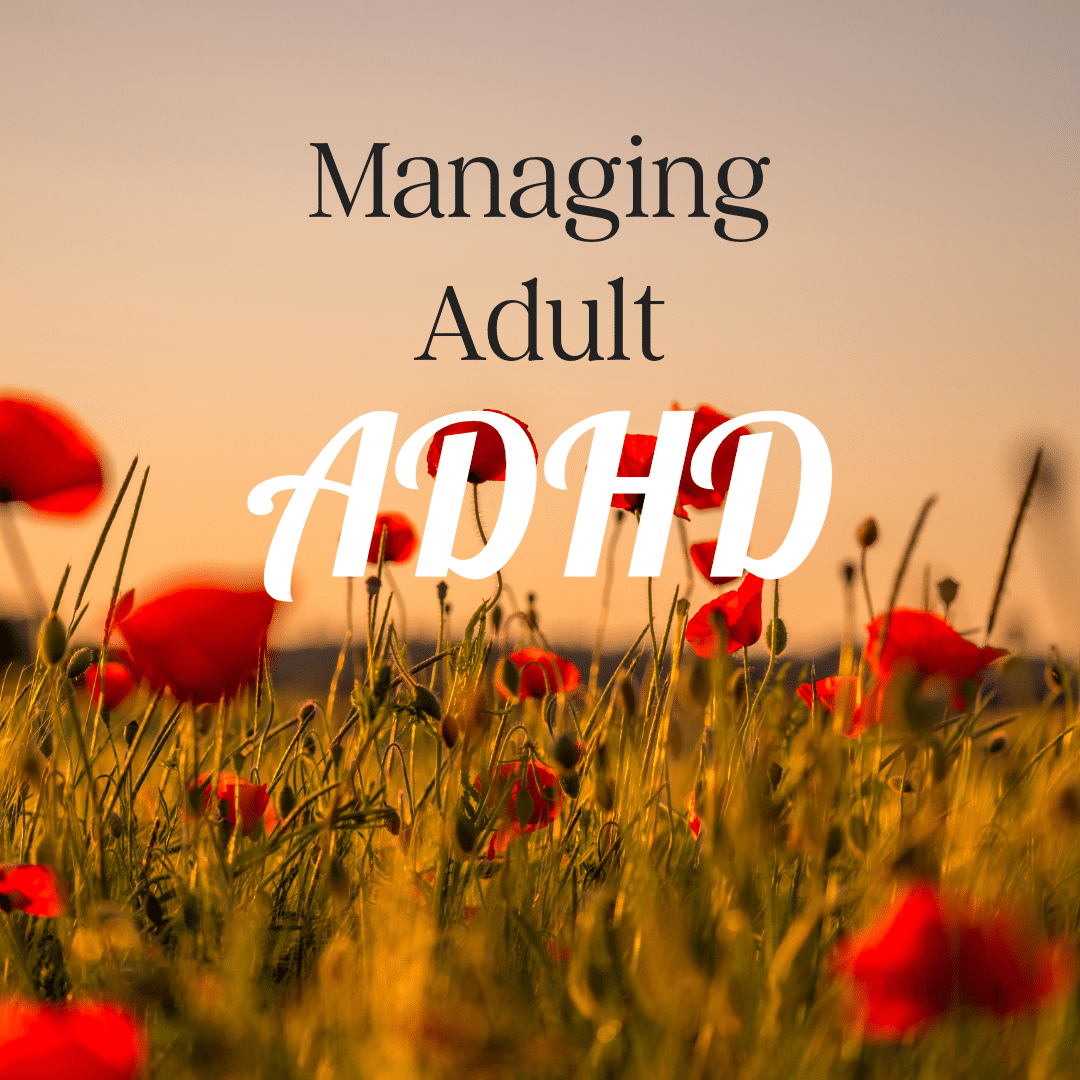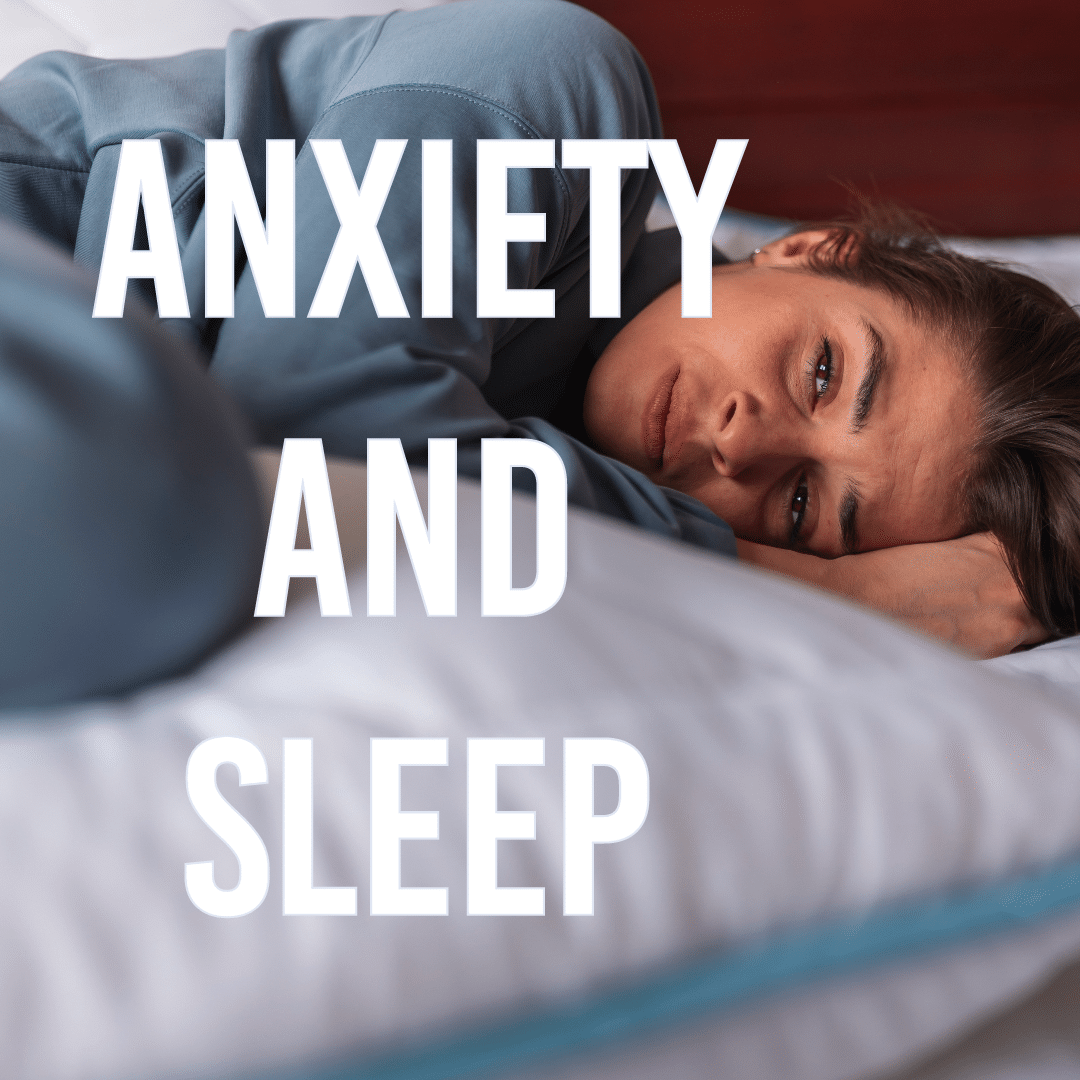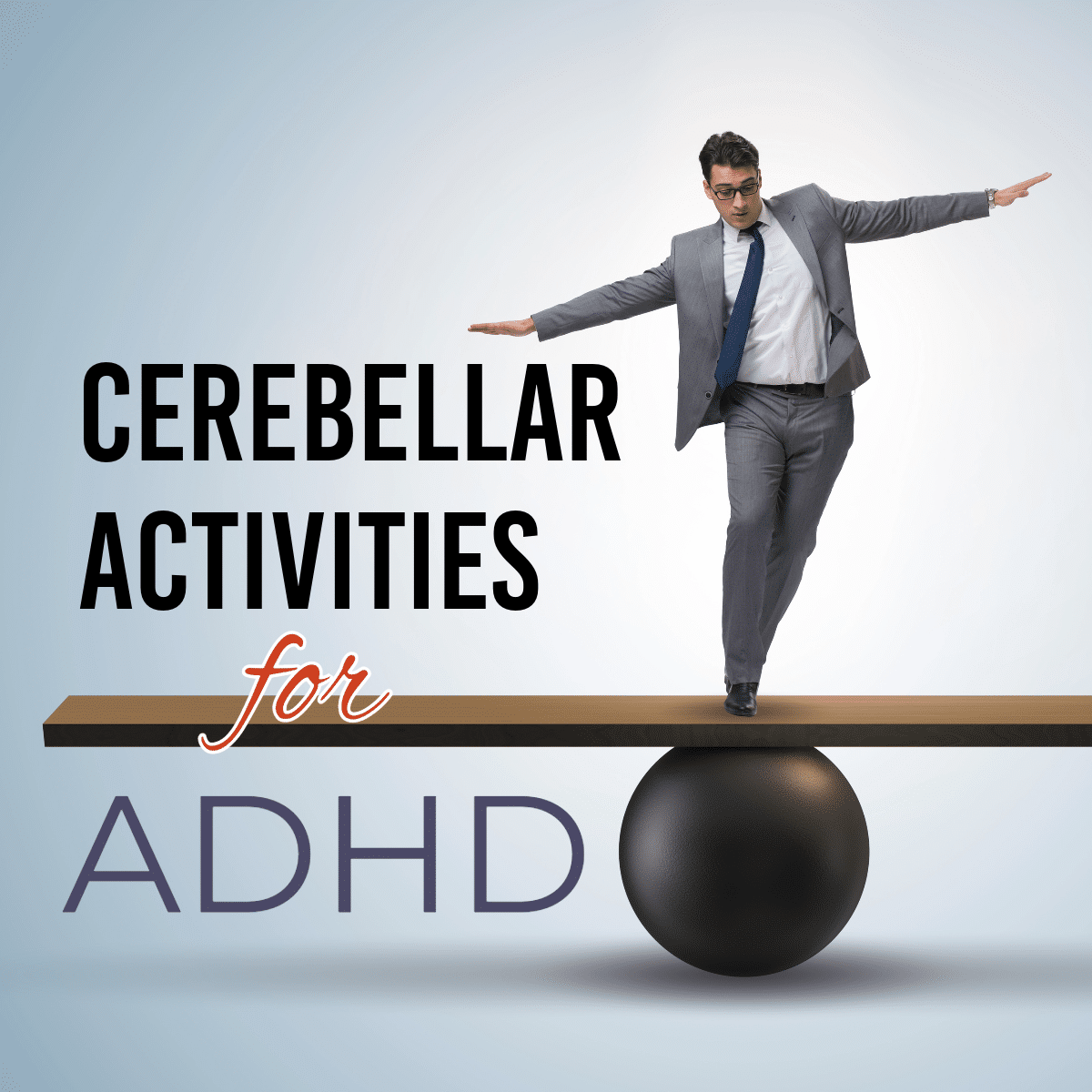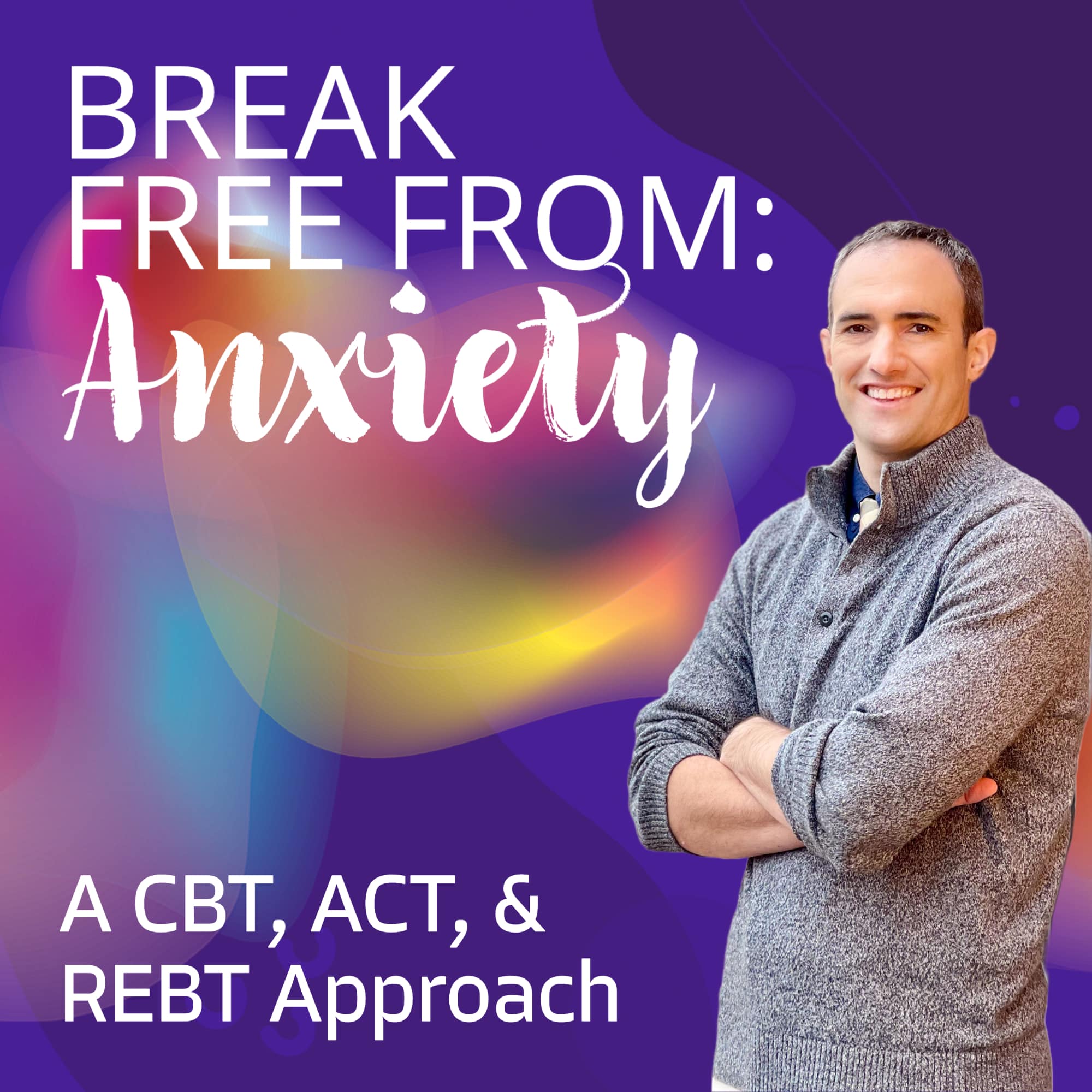Depression, the silent struggle, is one of the most common mental health conditions globally.
This serious mental disorder negatively impacts how you feel, think, act, and perceive the world around you. More than just feeling sad, depression involves persistent changes in mood, thinking, and behavior that significantly disrupt daily functioning.
What Exactly Is Depression?

Depression (major depressive disorder) is far more than occasional sadness or temporary feelings of being down. It’s a serious mental health condition that affects approximately 280 million people worldwide.
You must experience at least five specific symptoms for a minimum of two weeks to receive a clinical diagnosis. These symptoms must be present most days and represent a clear change from your previous functioning.
The DSM-5 (Diagnostic and Statistical Manual of Mental Disorders) establishes specific criteria for diagnosing major depression. One of the symptoms must be either a depressed mood or a loss of interest in previously enjoyed activities.
Children and adolescents may present with irritability rather than sadness.
Full Range of Diagnostic Symptoms
- Persistent sad, anxious, or “empty” mood that lasts most of the day, nearly every day
- Markedly diminished interest or pleasure in all or almost all activities
- Significant changes in appetite and weight (a change of more than 5% of body weight in a month)
- Sleep disturbances, including insomnia (difficulty falling or staying asleep) or hypersomnia (sleeping excessively)
- Psychomotor agitation (restlessness) or retardation (slowed movements and speech) observable by others
- Fatigue or loss of energy nearly every day
- Feelings of worthlessness or excessive or inappropriate guilt
- Diminished ability to think or concentrate, or indecisiveness
- Recurrent thoughts of death or suicide, suicide planning, or suicide attempts
Manifestation and Diagnosis
For a diagnosis of major depression, these symptoms must cause clinically significant distress or impairment in social, occupational, or other important areas of functioning.
Additionally, the symptoms cannot be attributable to the effects of a substance or another medical condition. There must also never have been a manic or hypomanic episode (which would suggest bipolar disorder instead).
Depression manifests in various ways beyond these clinical criteria. Many people experience physical symptoms without clear medical causes. These symptoms often include headaches, digestive problems, and chronic pain.
Others might notice increased anger or irritability, withdrawal from social activities, engagement in high-risk behaviors, or increased use of alcohol or substances.
What makes depression particularly challenging is that it often distorts your perception of reality. You may feel hopeless about your future, worthless as a person, or guilty about things beyond your control.
These aren’t character flaws or signs of weakness. They’re symptoms of a real medical condition affecting your brain chemistry, thought patterns, and emotional processing.
Classification
Depression exists on a spectrum of severity. Healthcare providers typically classify cases as mild, moderate, or severe based on symptom intensity and functional impairment. Even in its milder forms, depression significantly impacts quality of life and deserves proper attention and treatment.
Understanding depression as a legitimate medical condition rather than a personal failing is at the core for both those experiencing it and their support networks. This recognition helps reduce stigma and encourages people to seek the professional help they need and deserve.
Who Does Depression Affect?

Depression doesn’t discriminate. It can affect anyone regardless of age, gender, or background—even those who seemingly “have it all”.
Here’s what data shows:
- Women experience depression at nearly twice the rate of men (6% vs. 4%)
- Young adults show higher rates than older adults
- Approximately 1 in 7 new mothers experiences postpartum depression
- On average, depression first appears during late teens to mid-20s
Risk and Manifestation by Demographic
Depression affects people across all demographic groups, though certain populations face higher risks or unique challenges.
Children and adolescents may express depression through irritability rather than sadness. Often, it manifests as behavioral problems, declining school performance, or social withdrawal.
Among teenagers, depression rates have risen dramatically in recent years. Social media use and increased academic pressures cited as potential contributing factors.
Men often experience depression differently than women. Sometimes men display symptoms like anger, aggression, risk-taking behavior, or substance use rather than sadness. Cultural expectations around masculinity can make men less likely to recognize depression symptoms or seek help, leading to underdiagnosis and undertreatment.
Older adults face unique challenges with depression. Their symptoms may be mistakenly attributed to normal aging, medication side effects, or physical health problems. Depression in seniors often coincides with chronic health conditions, cognitive changes, or significant life transitions like retirement or loss of loved ones. Unfortunately, depression in this population frequently goes undiagnosed and untreated.
Influences that Increase Risk of Depression
Certain medical conditions increase depression risk. People with chronic illnesses like heart disease, diabetes, cancer, or neurological disorders experience depression at rates two to three times higher.
This relationship works both ways. Depression can worsen physical health outcomes, and physical illness can trigger or intensify depression.
Socioeconomic factors also influence depression risk. People living in poverty face higher rates of depression. Financial stress, food insecurity, unsafe housing, and limited healthcare access create conditions that both trigger and maintain depressive symptoms. Similarly, marginalized groups experiencing discrimination, including racial and ethnic minorities and LGBTQ+ individuals, show elevated depression rates.
Genetic vulnerability plays a significant role as well. If you have a first-degree relative (parent or sibling) with depression, your risk increases by 2-3 times. This genetic component interacts with environmental factors. Someone with genetic predisposition who experiences significant stress or trauma faces particularly high risk.
Globally, depression affects an estimated 280 million people, making it the leading cause of disability worldwide.
Despite its prevalence, cultural differences influence how depression is experienced, expressed, and treated across different societies. In some cultures, people may primarily report physical symptoms rather than emotional ones. In others, stigma around mental health may prevent people from seeking help altogether.
Understanding who depression affects helps reduce stigma and ensures appropriate support reaches those who need it most. Depression can touch anyone’s life. This idea is important for creating compassionate communities and healthcare systems that effectively address this common but serious condition.
What Causes Depression?

Depression is a complex condition with no single cause.
Instead, it arises from the interplay of biological, psychological, and environmental factors. These elements can combine in unique ways, making depression a deeply personal experience.
Biological Factors
Biology plays a significant role in depression, particularly through genetics, brain chemistry, and hormonal imbalances.
- Genetics: Depression often runs in families, suggesting a genetic predisposition. Studies have identified certain genes, such as SLC6A4 and COMT, which may influence susceptibility to depression. However, having a family history of depression does not guarantee you will develop it.
- Neurotransmitters: Changes in the levels or functioning of brain chemicals like serotonin, dopamine, and norepinephrine are associated with depression. These neurotransmitters regulate mood, energy levels, and sleep patterns. While the “chemical imbalance” theory has evolved to acknowledge more complexity, neurotransmitter dysregulation remains a key factor.
- Hormonal Changes: Hormonal fluctuations can contribute to depression. For example, postpartum depression occurs after childbirth due to shifts in estrogen and progesterone levels. Similarly, thyroid dysfunction or changes during menopause can trigger depressive episodes.
- Brain Structure and Function: Depression has been linked to structural changes in the brain. Research shows that areas like the hippocampus (responsible for memory) may shrink in individuals with chronic depression. Additionally, abnormal activity in the hypothalamic-pituitary-adrenal (HPA) axis may lead to heightened stress responses.
Psychological Factors
Your personality traits and coping mechanisms significantly influence your vulnerability to depression.
- Personality Traits: People who are highly self-critical, perfectionistic, or prone to excessive worry are at greater risk. Low self-esteem and sensitivity to criticism also increase susceptibility.
- Trauma and Early Life Experiences: Childhood abuse, neglect, or other adverse experiences can leave lasting scars. These events may alter how the brain processes stress and emotions, increasing the likelihood of depression later in life.
- Cognitive Patterns: Negative thinking styles—such as catastrophizing or ruminating on problems—can exacerbate depressive symptoms. Cognitive distortions often reinforce feelings of hopelessness and worthlessness.
Environmental Factors
External circumstances often act as triggers or stressors that bring underlying vulnerabilities to the surface.
- Life Events: Major life changes like job loss, divorce, bereavement, or financial difficulties can precipitate depressive episodes. Prolonged stressors—such as living in an abusive relationship or enduring chronic unemployment—are particularly potent triggers.
- Social Isolation: A lack of meaningful connections or support networks can contribute to feelings of loneliness and despair. Social isolation is both a cause and consequence of depression.
- Workplace Stress: Toxic work environments characterized by high demands, poor relationships with colleagues or supervisors, and job insecurity can lead to burnout and depression.
- Physical Environment: Factors such as lack of natural light, exposure to noise pollution, or living in unsafe housing conditions can negatively impact mental health. Even cluttered or disorganized living spaces have been linked to higher rates of depressive symptoms.
Lifestyle Factors
Unhealthy habits often exacerbate or prolong depressive episodes.
- Substance Use: Alcohol and drug abuse are closely linked with depression. While substances may temporarily mask emotional pain, they ultimately worsen symptoms by disrupting brain chemistry.
- Diet and Exercise: Poor nutrition can affect mood regulation. Similarly, lack of physical activity reduces endorphin production, which contributes to feelings of well-being.
- Sleep Patterns: Sleep disturbances are both a symptom and cause of depression. Chronic insomnia or oversleeping disrupts circadian rhythms and impairs emotional regulation.
Epigenetic Influences
Emerging research highlights how environmental factors interact with genetics through epigenetic mechanisms. For example:
Stressful life events can alter gene expression without changing DNA sequences by increasing DNA methylation or modifying histones (proteins around which DNA is wound).
These changes may influence how your body responds to stress over time.
Prenatal exposure to maternal stress affects fetal brain development in ways that can lead to depression later in life.
The Diathesis-Stress Model
The Diathesis-Stress Model offers a framework for understanding how these factors converge.
It posits that individuals inherit biological vulnerabilities (diatheses), such as genetic predispositions or neurotransmitter imbalances. When these vulnerabilities interact with environmental stressors—like trauma or chronic stress—they increase the likelihood of developing depression.
Depression is not caused by one factor but by a complex interplay of biological predispositions, psychological traits, lifestyle choices, and environmental influences.
Understanding these causes demystifies the condition. It underscores the importance of personalized treatment approaches that address all contributing factors. Whether through therapy, medication, lifestyle changes, or social support systems, addressing these root causes offers hope for recovery.
Effective Treatment Approaches

Treating depression effectively requires a personalized approach, as no single method works for everyone.
Advancements provide a wide range of evidence-based options, from psychotherapy and medication to more innovative therapies.
Psychotherapy
Psychotherapy, or “talk therapy,” is a cornerstone of depression treatment. It helps individuals understand and manage their thoughts, emotions, and behaviors.
Several types of psychotherapy are particularly effective:
- Cognitive Behavioral Therapy (CBT): CBT focuses on identifying and changing negative thought patterns and behaviors that perpetuate depression. CBT empowers individuals to regain control over their mood and actions. It does so by challenging distorted thinking and replacing it with more balanced perspectives. CBT is highly structured and typically short-term, making it one of the most widely used therapies.
- Interpersonal Therapy (IPT): IPT addresses relationship issues that contribute to depression, such as unresolved conflicts, grief, or social isolation. It helps individuals improve communication skills and build healthier connections with others. IPT has proven particularly effective for people whose depression stems from interpersonal stressors.
- Mindfulness-Based Cognitive Therapy (MBCT): MBCT combines mindfulness practices with cognitive therapy techniques. It teaches individuals to observe their thoughts without judgment, reducing the likelihood of rumination—a common feature of depression. MBCT is especially useful for preventing relapse in people with recurrent depression.
- Behavioral Activation (BA): BA focuses on re-engaging individuals in meaningful and enjoyable activities that they may have withdrawn from due to depression. By increasing positive experiences, BA helps break the cycle of inactivity and low mood.
Other therapeutic options include problem-solving therapy, which equips individuals with strategies to address specific challenges contributing to their depression, and short-term psychodynamic therapy, which explores unconscious conflicts and unresolved past experiences.
Medication
Antidepressant medications are often prescribed for moderate to severe depression or when psychotherapy alone does not provide sufficient relief. These medications work by altering brain chemistry to regulate mood.
Common classes include:
- Selective Serotonin Reuptake Inhibitors (SSRIs): Medications like fluoxetine (Prozac) and sertraline (Zoloft) increase serotonin levels in the brain and are often the first-line treatment due to their effectiveness and relatively mild side effects.
- Serotonin-Norepinephrine Reuptake Inhibitors (SNRIs): Drugs like venlafaxine (Effexor) target both serotonin and norepinephrine, offering an alternative for those who do not respond to SSRIs.
- Atypical Antidepressants: Newer medications like bupropion (Wellbutrin) or esketamine (Spravato) provide additional options for treatment-resistant cases or those experiencing specific side effects with traditional antidepressants.
Finding the right medication often involves trial and error, as individuals respond differently to each drug.
Innovative Therapies
For individuals with treatment-resistant depression or severe symptoms, newer therapies offer hope.
- Ketamine Therapy: Ketamine is option for rapid relief from severe depression. Administered under medical supervision, ketamine often acts within hours to reduce symptoms by resetting brain connectivity. It is particularly beneficial for those at risk of suicide or those who have not responded to traditional treatments.
- Transcranial Magnetic Stimulation (TMS): TMS uses magnetic pulses to stimulate specific areas of the brain associated with mood regulation. This non-invasive therapy is effective for treatment-resistant depression and offers rapid symptom improvement in many cases.
- Deep Brain Stimulation (DBS): DBS involves surgically implanting electrodes into specific brain regions to regulate abnormal activity. While still experimental, DBS shows promise in cases of chronic, severe depression that do not respond to other treatments.
- Psychedelic-Assisted Therapy: Psychedelics like psilocybin are being studied for their ability to “reset” brain activity in people with depression. When administered in controlled settings alongside psychotherapy, these substances may offer profound relief for some individuals.
Lifestyle Changes
In addition to professional treatments, lifestyle changes can play a major role in managing depression.
- Exercise: Regular physical activity boosts endorphins and serotonin levels while reducing stress hormones like cortisol.
- Diet: A balanced diet rich in omega-3 fatty acids, whole grains, fruits, and vegetables supports brain health.
- Sleep Hygiene: Establishing consistent sleep patterns can improve mood regulation.
- Mindfulness Practices: Techniques like meditation or yoga help reduce stress and promote emotional resilience.
Combination Treatments
Research consistently shows that combining different approaches yields better outcomes than relying on a single method alone.
Depression treatment has come a long way, offering hope even for those who have struggled for years without relief. Whether through traditional methods or cutting-edge therapies, there are more options than ever before. The key is finding the right combination tailored to individual needs—a process best guided by collaboration between patients and mental health professionals.







